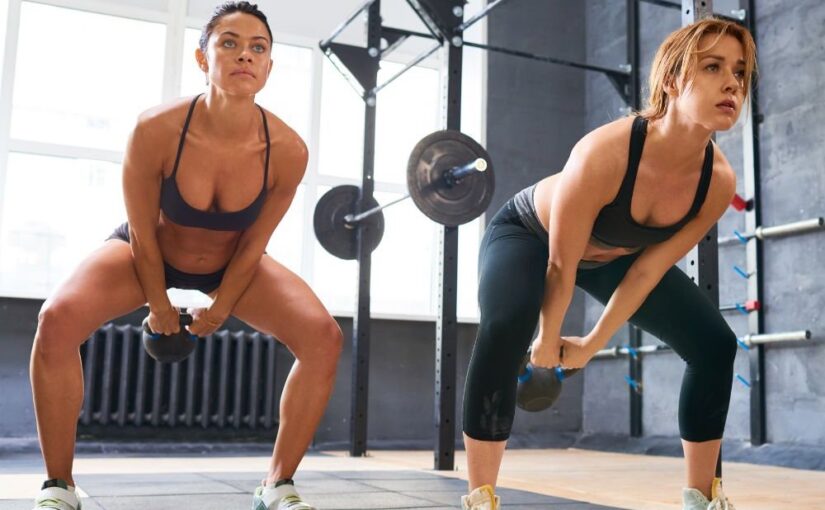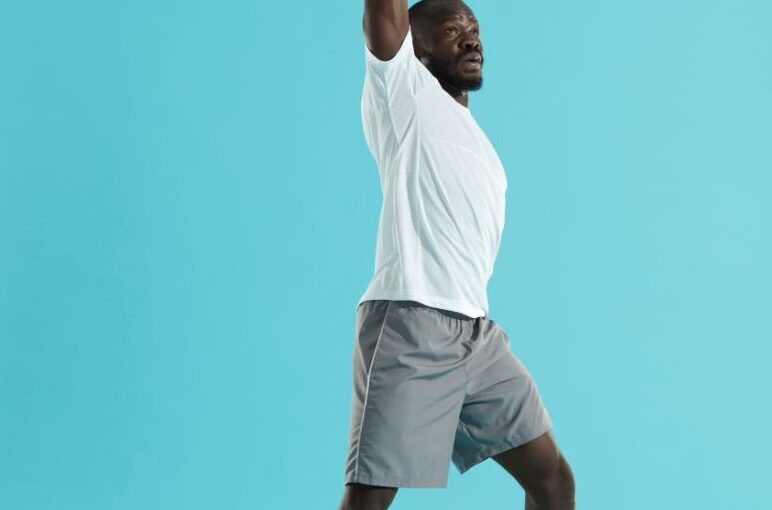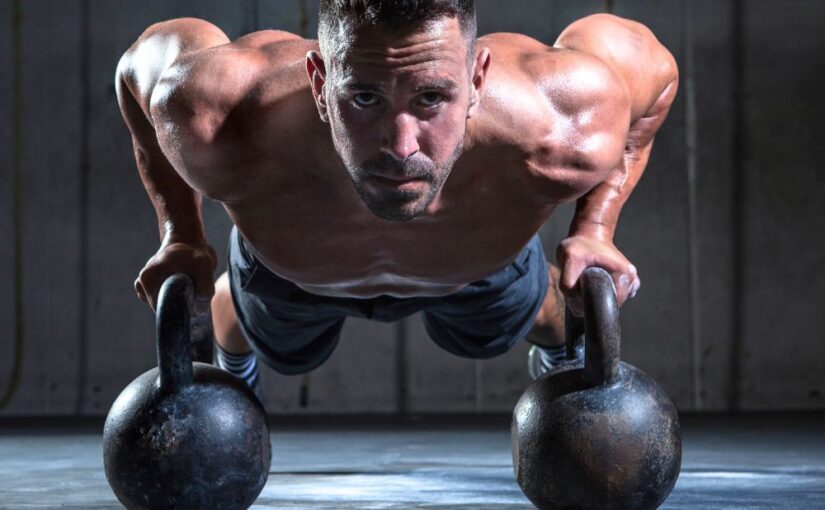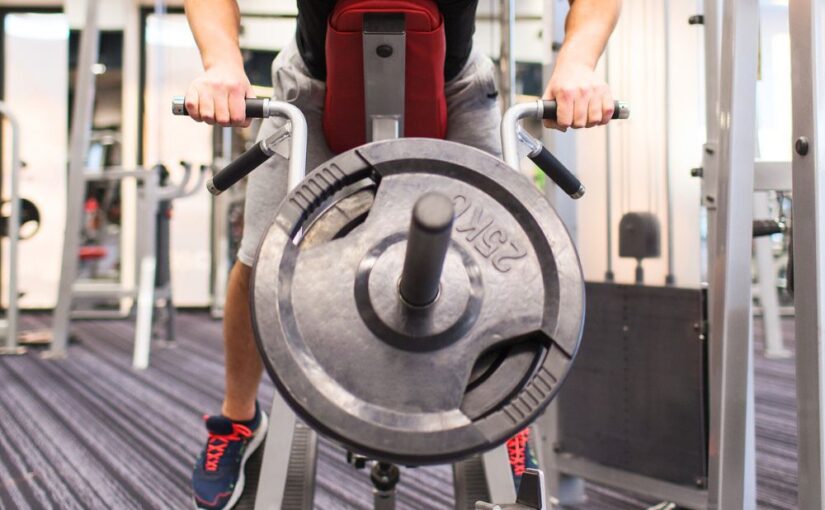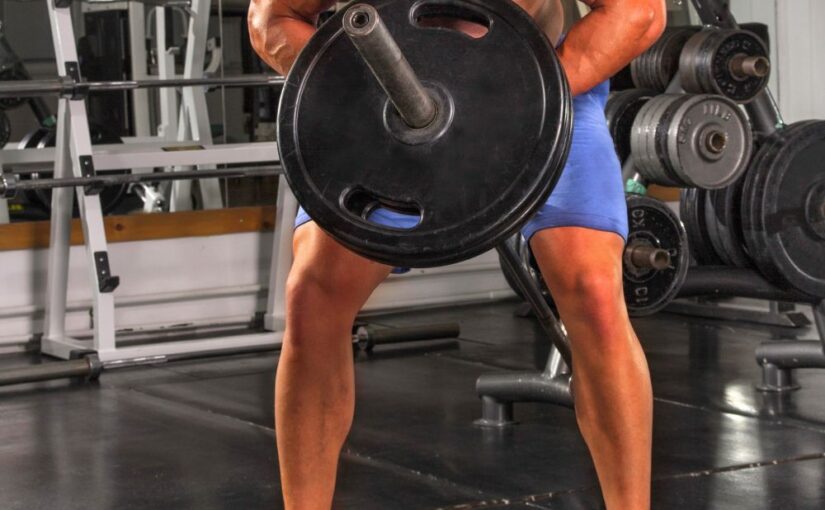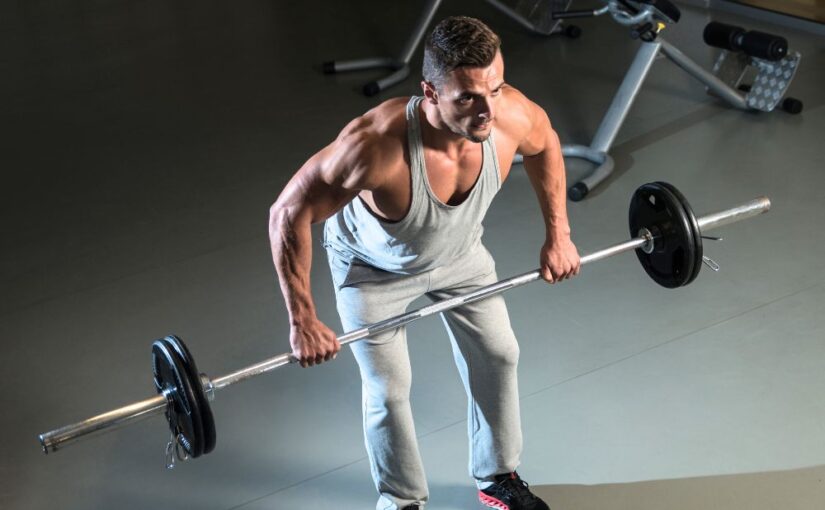Kettlebell swings are a dynamic exercise that combines strength, endurance, and cardiovascular training in a single movement. Originally popularized in Eastern Europe, kettlebell training has gained traction worldwide for its efficiency and versatility. In this article, we’ll explore the myriad benefits of kettlebell swings and why they should be a staple in your fitness routine.
1. Full-Body Workout
One of the primary advantages of kettlebell swings is their ability to engage multiple muscle groups simultaneously. When performed correctly, swings work the following areas:
- Lower Body: The glutes, hamstrings, and quads are heavily engaged during the hip hinge motion.
- Core: The abdominals and obliques are activated to stabilize the body throughout the movement.
- Upper Body: The shoulders, back, and arms contribute to the swing, particularly during the upward phase.
This full-body engagement makes kettlebell swings an efficient choice for those looking to build strength and improve muscular endurance.
2. Improved Cardiovascular Fitness
These swings are not just a strength exercise; they also provide an excellent cardiovascular workout. The high-repetition nature of the swings elevates your heart rate, promoting better cardiovascular health. Incorporating swings into your routine can help improve your aerobic capacity and endurance, making them a valuable addition to any fitness program.
3. Enhanced Power and Explosiveness
Kettlebell swings emphasize the explosive power of the hips, which is crucial for many athletic movements. The hip hinge motion develops strength and speed, benefiting athletes in various sports. Improved power can enhance performance in running, jumping, and other explosive activities, making kettlebell swings a functional exercise for athletes.
4. Fat Loss and Metabolic Conditioning
The combination of strength training and cardiovascular work in kettlebell swings can aid in fat loss. The intensity of the exercise, coupled with the afterburn effect (excess post-exercise oxygen consumption, or EPOC), means you continue to burn calories even after your workout. Including kettlebell swings in a high-intensity interval training (HIIT) program can maximize fat-burning potential.
5. Improved Posture and Stability
Kettlebell swings require a strong core and proper body mechanics, which can enhance overall stability and posture. By strengthening the muscles of the posterior chain (backside of the body), swings can help counteract the effects of poor posture often associated with sedentary lifestyles. Better posture not only improves aesthetics but also reduces the risk of injury.
6. Convenience and Versatility
Kettlebells are relatively compact and can be used in various settings, making them a convenient option for home workouts or limited spaces. They can be easily integrated into strength training circuits, HIIT sessions, or even yoga classes. Plus, with different weights available, you can tailor your workout to your fitness level and goals.
7. Enhanced Grip Strength
Kettlebell swings also challenge grip strength, as you must maintain a secure hold on the kettlebell throughout the movement. Improved grip strength translates to better performance in other lifts and everyday activities, making kettlebell swings a practical addition to your training.
8. Mental Toughness and Focus
The demanding nature of this movement requires concentration and mental fortitude. As you push through challenging sets, you can develop greater mental toughness, which can benefit not only your workouts but also other areas of life.
Conclusion
Kettlebell swings offer a wide array of benefits, making them a valuable exercise for individuals at any fitness level. From building strength and endurance to enhancing cardiovascular fitness and promoting fat loss, this simple yet effective movement can transform your workout routine. Whether you’re an experienced athlete or a fitness novice, incorporating kettlebell swings into your regimen can help you achieve your health and fitness goals. So grab a kettlebell, swing into action, and reap the rewards of this dynamic exercise!

